Steel yourselves, steak fans: your dinner is about to get a lot more expensive.
The price of beef has hit an all-time high in each of the last four months. Experts expect cattle prices to rise even more throughout 2012 -- and, if conditions don't improve -- beyond.
The cause is what Mark Miller, of the National Cattlemen's Beef Association, called a "perfect storm of elements" that show the convolutions of the global economy as effectively as any PowerPoint on the European debt crisis.
"Last year, we averaged $4.83 a pound," Ronald Plain, an agricultural economist at the University of Missouri, told The Huffington Post. "And I expect we're going to average $5.10 and $5.15 in 2012."
Going into 2011, American cattle stock was already thin. Meat-eaters had been moving away from beef, toward chicken, for decades, so ranchers had cut output accordingly. The shift gained momentum in the mid-2000s, when the Bush administration mandated the inclusion of corn ethanol in gasoline. Cattlemen got outbid for corn by SUV drivers. The price of feed skyrocketed and livestock profits fell.
Beef was especially hard hit, Plain explained, because cattle require more feed per pound of growth than do hogs or poultry. Farmers responded by raising fewer cattle.
Then, a severe drought hit Texas and Oklahoma, where almost a quarter of America's cattle spend time grazing on pasture. Travis Miller, of the Texas Agrilife Extension Service, said 2011 marked "the worst drought that anyone alive has ever seen, because it was the worst in recorded history, back to 1895."
Blistering heat and cataclysmic aridity killed cows and grass. The drought also sparked wildfires that consumed 4 million acres of pasture, National Weather Service meteorologist Victor Murphy said -- "the size of Rhode Island and Connecticut combined."
Many ranchers were forced into a desperate choice: cull or move.
"They started culling back in April and May -- the older cattle, the less-productive cattle, the mamas with no calves. They sent them to slaughter. Others heard that there were still grasses up north, and they brought their herds to Nebraska, South Dakota," Miller said. "We lost in the order of 600,000 or even 800,000 cows."
Cattlemen who insisted on raising their own cattle, on their own land, had to dip into hay reserves to feed their herds. The hay went quick, and neighbors were just as desperate as they were, so ranchers were forced to drive hundreds of miles to buy feed.
Then, just as cattle supply was dwindling, foreign demand started rising. In 2011, U.S. beef exports grew 23 percent.
"Last year, U.S. beef exports were record-large on a tonnage basis. And on a value basis, we shot through every record, because prices are so much higher," said Jim Robb, chief economist at the Livestock Marketing Information Center.
The surge has been propelled by the American dollar, which has fallen considerably since mid-2010 against European, Asian and Mexican currencies. That means beef bargains for foreign buyers, who pay less, in their currency, than Americans pay in dollars.
"You're being outbid by Japanese and South Korean and Mexican and Russian consumers," Plain said.
A weak dollar also makes imports pricier for Americans. As a result, beef imports fell 12 percent in 2011 -- putting further pressure on a drum-tight supply chain.
There is now less beef on grocery shelves and in restaurants, per American, than there has been since 1952. The gap between prices for beef and for pork, chicken and turkey (which have also risen) continues to widen. Many beef fans have had to adjust.
"Instead of buying a steak or a roast, they might pick hamburger. They might choose to buy select beef rather than choice," U.S. Department of Agriculture meat analyst Shayle Shagam suggested.
Robb said many supermarkets have started cutting steaks thinner. A major steakhouse chain, he added, has begun serving dinners on smaller plates, with more vegetables and punier pieces of beef.
Many of the trends that have boosted prices in recent years will likely continue. The threat of bad weather in the Southern Plains, for example, continues to rankle.
"You need rain, you need pasture, to raise cattle. Get us some grass and we'll grow," Plain said.
Even if Texas and Oklahoma do get good rain, it will take them almost three years to restore the herd to pre-drought levels. And the longer-term outlook on beef prices remains bleak.
"These higher-value food products -- the meat, the dairy, all those things -- are going to keep seeing more and more demand from around the world," Robb said.
And just as human demand for beef surges, Mother Nature may interrupt with more events like last summer's drought -- which could make the "perfect storm" of 2011 look downright placid.